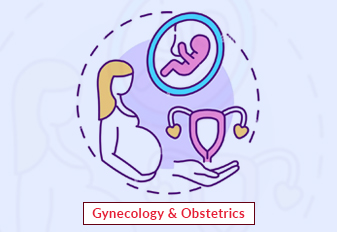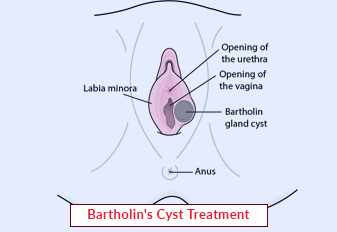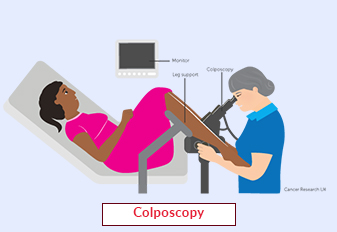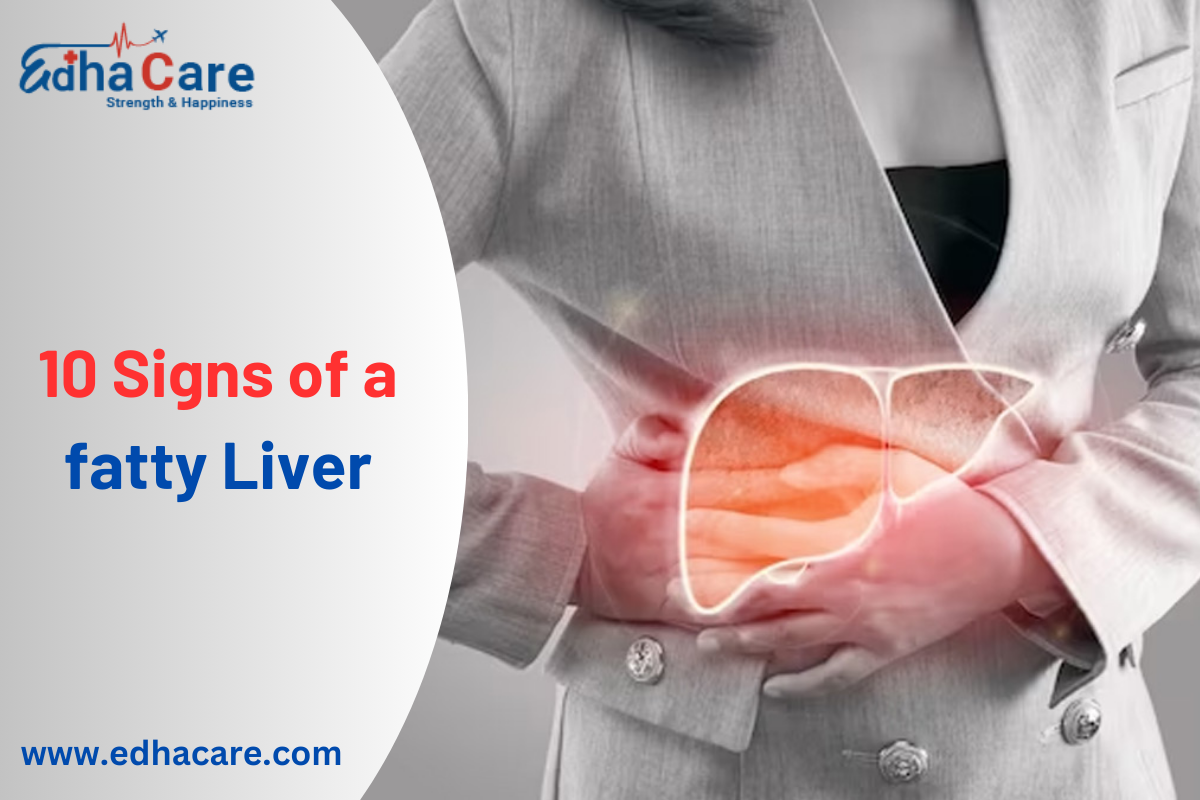Cervical Polyp Removal

Cervical polyp removal is a procedure performed to remove abnormal growths called cervical polyps from the cervix. This article provides an overview of cervical polyp removal, including its purpose, procedure, and important considerations.
Book an AppointmentAbout Cervical Polyp Removal
Diagnosis of Cervical Polyps
To diagnose cervical polyps, a healthcare provider may perform the following:
-
Pelvic examination: A physical examination of the cervix to visualize the polyp or assess any abnormality.
-
Colposcopy: Using a special magnifying instrument called a colposcope, the healthcare provider can closely examine the cervix and identify any abnormalities.
-
Biopsy: If necessary, a small tissue sample may be taken from the polyp and sent to a laboratory for further examination.
Preparation for Cervical Polyp Removal
Before undergoing cervical polyp removal, a healthcare provider will guide you through the following preparation steps:
-
Medical evaluation: A thorough evaluation will be conducted to assess your overall health and identify any potential risks or complications.
-
Preoperative instructions: You may be advised to avoid certain medications, such as blood thinners, prior to the procedure. Your healthcare provider will provide specific instructions.
-
Consent and discussion: You will have an opportunity to discuss the procedure, its benefits, potential risks, and alternative treatment options. Consent for the surgery will be obtained.
Procedure of Cervical Polyp Removal
The Procedure of Cervical Polyp Removal
Cervical polyp removal is a relatively simple procedure that can be performed in a healthcare provider's office or outpatient setting. The steps involved in the procedure may include:
-
Positioning: You will be asked to lie down on an examination table with your feet in stirrups, similar to a pelvic examination.
-
Numbing the cervix: A local anesthetic may be applied to the cervix to minimize discomfort during the procedure.
-
Polyp removal: Using specialized instruments, the healthcare provider will grasp the polyp and carefully remove it from the cervix. In some cases, the base of the polyp may be cauterized to prevent bleeding.
-
Inspection and additional procedures: The healthcare provider may inspect the cervix to ensure complete polyp removal. If any abnormal areas are detected, further evaluation or treatment may be necessary.
Recovery and Aftercare
After cervical polyp removal, you can expect the following:
-
Discharge and discomfort: It is normal to experience mild cramping, spotting, or discharge for a few days after the procedure.
-
Follow-up appointment: A follow-up appointment will be scheduled to monitor your recovery and discuss the results of any biopsy performed.
-
Resuming normal activities: Most individuals can resume their regular activities immediately after the procedure, but it is advisable to avoid sexual intercourse and tampons for a few days.
Potential Risks and Complications
Cervical polyp removal is generally a safe procedure, but there are potential risks and complications, including:
-
Bleeding
-
Infection
-
Injury to the cervix
-
Allergic reactions to anesthesia
It is important to discuss these risks with your healthcare provider and seek immediate medical attention if you experience severe pain, heavy bleeding, or signs of infection.
Require Assistance?
Get A Quick Callback From Our Healthcare Experts






